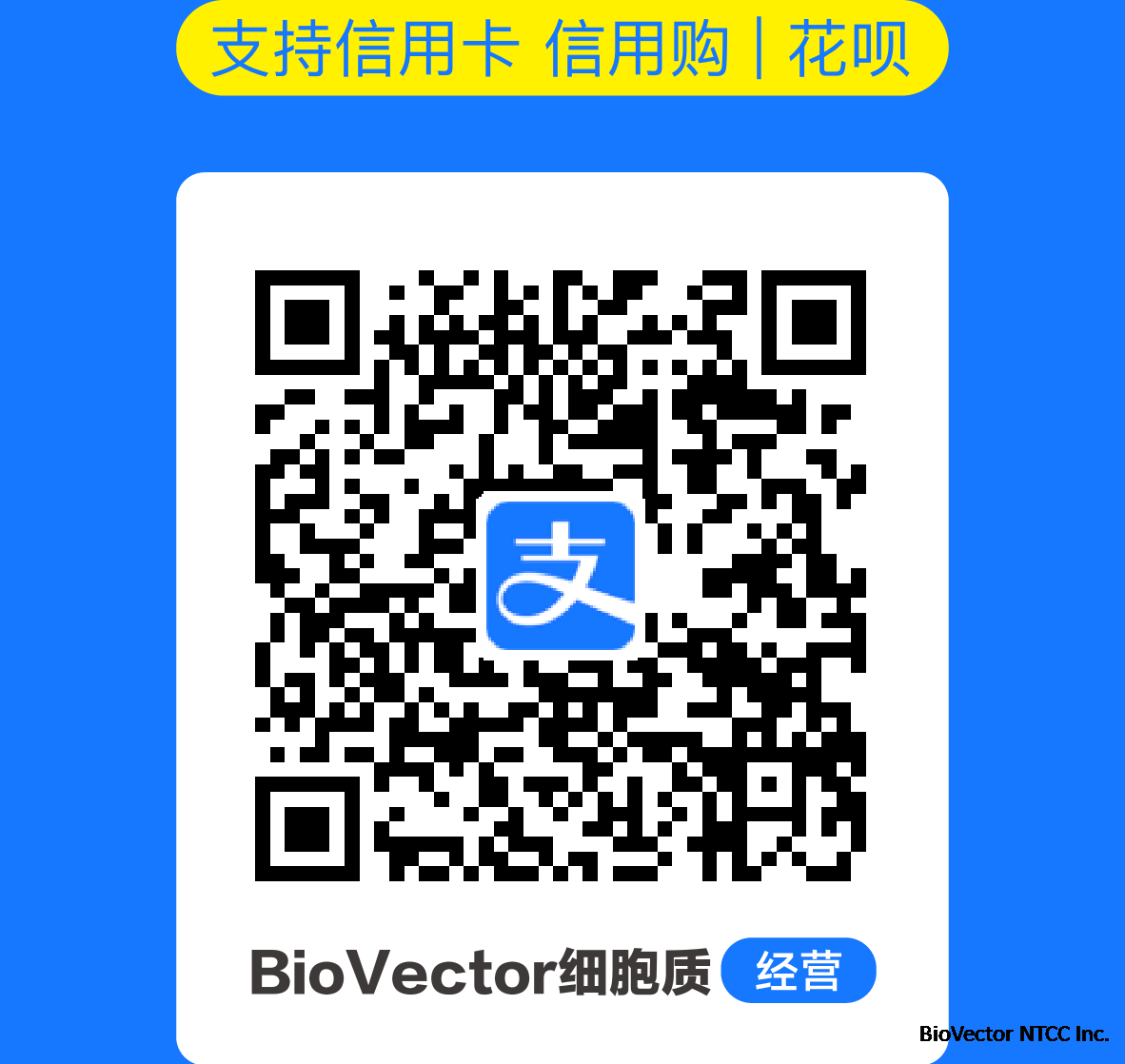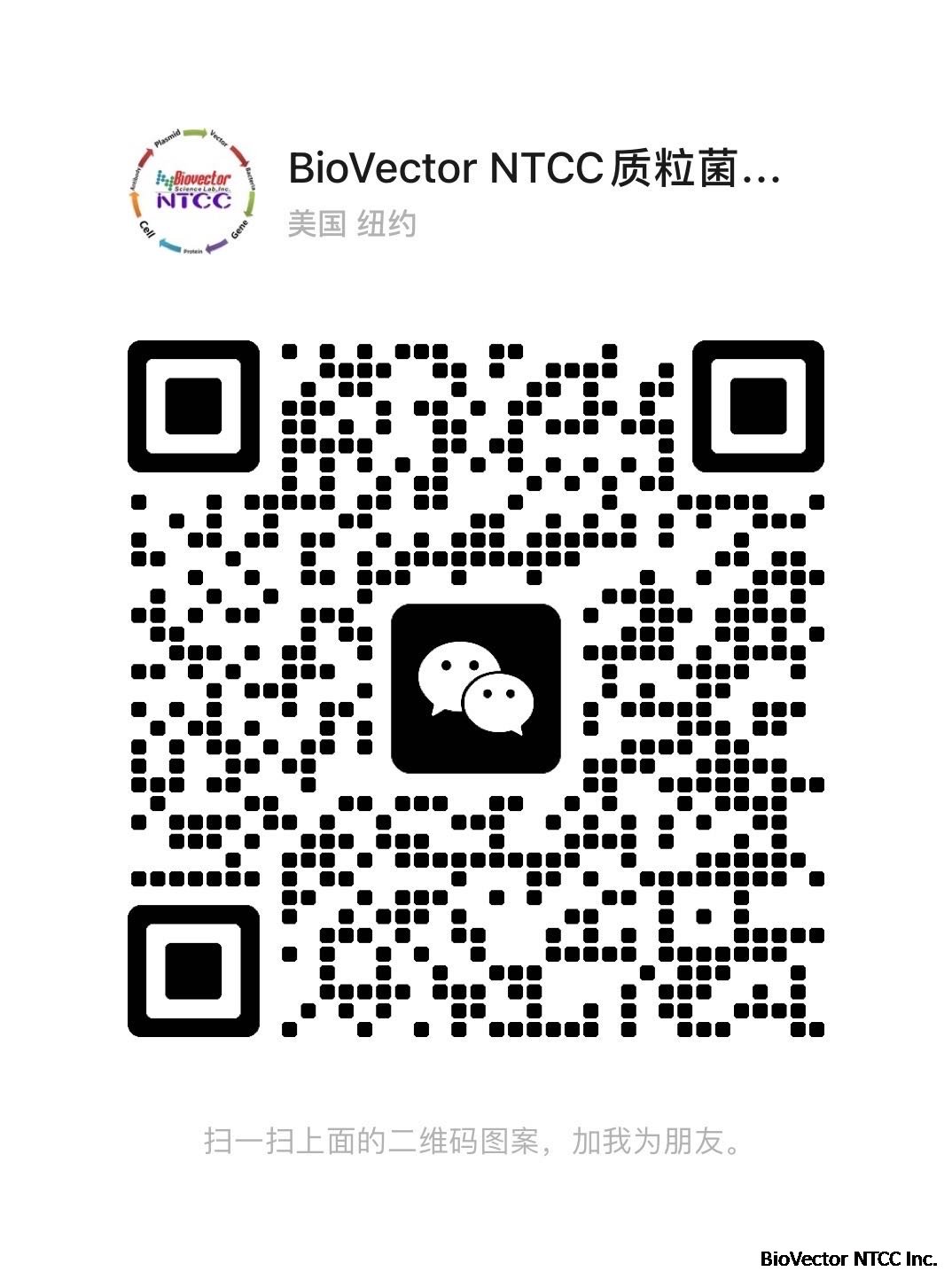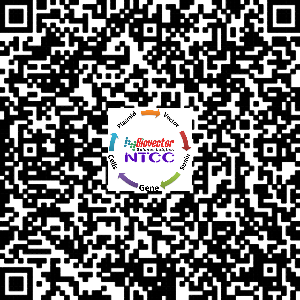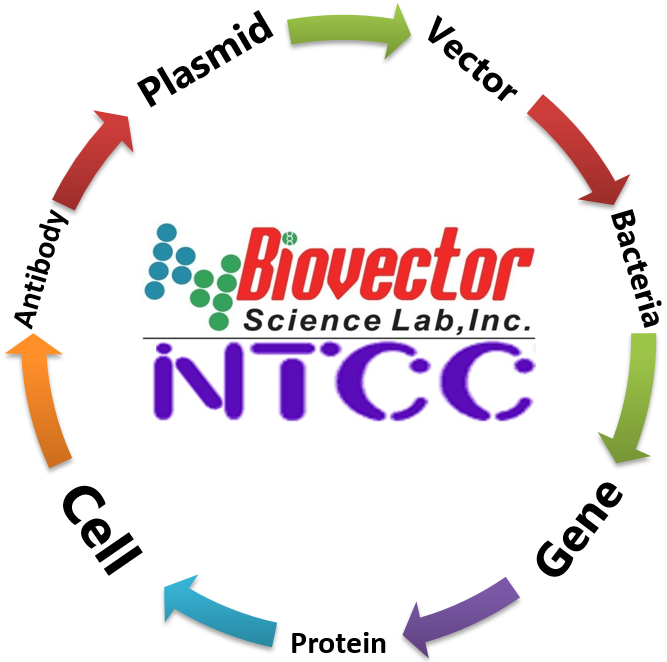THP-1-Dual KO-STING cell line稳定敲除STING的THP-1细胞株 BioVector NTCC质粒载体菌种细胞基因保藏中心
- 价 格:¥989865
- 货 号:THP-1-Dual KO-STING
- 产 地:北京
- BioVector NTCC典型培养物保藏中心
- 联系人:Dr.Xu, Biovector NTCC Inc.
电话:400-800-2947 工作QQ:1843439339 (微信同号)
邮件:Biovector@163.com
手机:18901268599
地址:北京
- 已注册
THP-1-Dual KO-STING cell line稳定敲除STING的THP-1细胞株
STING knockout dual reporter monocytes
THP1-Dual™ KO-STING cells were generated from THP1-Dual™ cells by stable knockout of the STING gene. STING (stimulator of interferon genes), alternatively known as MPYS, TMEM173, MITA and ERIS is a direct sensor of cyclic dinucleotides (CDNs) [1-3]. These cell lines were derived from human THP_x001e_1 monocytes, a cell line often used to study DNA sensing pathways as they express all the cytosolic DNA sensors identified so far (with the exception of DAI).
THP1-Dual™ and THP1-Dual™ KO-STING cells stably express two inducible secreted reporter genes: IFN-inducible Lucia luciferase and NF_x001e_κB-inducible SEAP (secreted embryonic alkaline phosphatase). They can be used to study the role of STING by monitoring IRF-induced Lucia luciferase activity, using QUANTI_x001e_Luc™, a Lucia™ luciferase detection reagent.
THP1-Dual™ KO-STING cells are resistant to the selectable markers blasticidin and Zeocin®.
References:
1. Burdette DL. et al., 2011. STING is a direct innate immune sensor of cyclic di-GMP. Nature. 478(7370):515-8.
2. Zhang X. et al., 2013. Cyclic GMP-AMP containing mixed phosphodiester linkages is an endogenous high-affinity ligand for STING. Mol Cell. 51(2):226-35.
3. Barber GN. et al., 2015. STING: infection, inflammation and cancer. Nat Rev Immunol. 15(12):760-70.
Specifications
Antibiotic resistance: Zeocin®, blasticidin
Growth medium: RPMI 1640, 2 mM L-glutamine, 25 mM HEPES, 10% heat-inactivated fetal bovine serum, 100 μg/ml Normocin™, Pen-Strep (100 U/ml-100 μg/ml)
Quality control:
Biallelic STING knockout is verified by functional assays, PCR and DNA sequencing.
These cells are guaranteed mycoplasma-free.
Description
THP1-Dual™ and THP1-Dual™ KO-STING cells stably express two inducible secreted reporter genes: Lucia luciferase and SEAP (secreted embryonic alkaline phosphatase). The Lucia luciferase reporter gene is under the control of an ISG54 (interferon-stimulated gene) minimal promoter in conjunction with five IFN-stimulated response elements. The SEAP gene is driven by an IFN-β minimal promoter fused to five copies of the NF_x001e_κB response element. As a result, they allow the simultaneous study of the IFN regulatory factor (IRF) pathway, by assessing the activity of Lucia luciferase and the NF-κB pathway, by monitoring the activity of SEAP. Both reporter proteins are readily measurable in the cell culture supernatant when using QUANTI_x001e_Luc™, a Lucia™ luciferase detection reagent and QUANTI-Blue™, a SEAP detection reagent.
THP1-Dual™ KO-STING and THP1-Dual™ cells can be used to study the role of STING by monitoring IRF-induced Lucia luciferase activity. Unlike the parental cells, THP1-Dual™ KO_x001e_STING cells exhibit no detectable response to cytosolic DNA and CDNs while retaining the ability to respond to type I IFNs. As expected these cells remain responsive to RIG-I ligands such as transfected Poly(I:C).
Supplier来源:BioVector NTCC Inc.
TEL电话:400-800-2947
Website网址: http://www.biovector.net
- 公告/新闻




